Spectacled Flying Fox (Pteropus conspicillatus)
Bats, as I'm sure you're aware, are the only mammals with wings capable of true flight. This large bat, a Macro-bat - is a regular visitor to our garden. Pilfering fruit from our trees at whim, (A small price to pay - to be able to observe them, IMO).
She announces her arrival in the evening via her large membranous wings, making an unmistakable sound - a rush of air followed by a faint snap, like the lazy flick of a wet chamois; a disturbance in the trees. ... The drumming of desiccated fruit hitting the ground - better that than gunshots, am I right?
On the night these pics were taken, it was raining. She didn't seem perturbed in the slightest. I imagine that a little rain-water would just aid in cleaning the sticky juice from her fur later.
I find these animals fascinating and they make excellent Mums. With reports that older females will 'instruct' new mothers on the best way to care for their young (pups). The whole 'you're doing it wrong' from the mother-in-law thing eh? ... bless 'em.
Colonies can be seen roosting together during the day in numbers perhaps into the hundreds - but they are listed as vulnerable, and certainly don't have things all their own way.
Flying foxes are preyed upon by crocs, snakes, raptors and monitor lizards. They are also sometimes killed (illegally) by people fearing that they carry the Australian bat lyssavirus (ABLV) - which is related to rabies and if contracted has a significant mortality rate. They also carry the Hendra virus which has a human mortality rate of 60% - infection transmission is via an intermediate host, (usually horses) - there is no evidence of direct transmission from bats to humans.
Unfortunately, for the bats, there have been sporadic outbreaks of the virus heavily reported in that sensationalist way that MSM/Social Media networks are becoming infamous for. Thus creating undue anxiety for the public, when the reality is the risk of infection is low.
We also have a slightly cartoonish MP who, during his election campaign - called for the culling and relocating of macro-bats in suburban areas due to the perceived health risk (although the original complaint was that the bats were "noisy and smelly").
Bobs other claim to fame is pelting the Beatles with eggs when they toured here in 1964 as an "intellectual reaction against Beatlemania." ...
An important point to remember in this argument, is that bats are keystone species, in particular, flying foxes' - as they spread seeds required for the regeneration of rainforest and are usually found roosting no more than six kilometres from their canopy feeding grounds.
Healthy rainforests require healthy macro-bat populations. So let's spare a thought for our flying cousins, remembering that Bats are more closely related to humans and other primates than they are to rodents and live and let live, eh?
She announces her arrival in the evening via her large membranous wings, making an unmistakable sound - a rush of air followed by a faint snap, like the lazy flick of a wet chamois; a disturbance in the trees. ... The drumming of desiccated fruit hitting the ground - better that than gunshots, am I right?
On the night these pics were taken, it was raining. She didn't seem perturbed in the slightest. I imagine that a little rain-water would just aid in cleaning the sticky juice from her fur later.
The Spectacled Flying-fox has been demonstrated to have the greatest tolerance to ranges of ambient temperature of any mammal. Air temperatures from freezing to up to 40°C cause almost no change in the species metabolic rate. Their ability to use their wings to control heat loss is a major factor in this ability (Richards and Spencer 1998).
I find these animals fascinating and they make excellent Mums. With reports that older females will 'instruct' new mothers on the best way to care for their young (pups). The whole 'you're doing it wrong' from the mother-in-law thing eh? ... bless 'em.
Conception occurs in April to May, but sexual activity is continuous from about January to June. As with other flying-foxes, the females give birth to one young per year, in the October to December period. Juveniles are nursed for over five months and, on weaning, congregate in nursery trees in the colony.
The juveniles fly out for increasing distances with the colony at night and are 'parked' in nursery trees, often kilometres distant from the colony, and are brought back to the colony in the morning (Richards & Spencer 1998).
Colonies can be seen roosting together during the day in numbers perhaps into the hundreds - but they are listed as vulnerable, and certainly don't have things all their own way.
Flying foxes are preyed upon by crocs, snakes, raptors and monitor lizards. They are also sometimes killed (illegally) by people fearing that they carry the Australian bat lyssavirus (ABLV) - which is related to rabies and if contracted has a significant mortality rate. They also carry the Hendra virus which has a human mortality rate of 60% - infection transmission is via an intermediate host, (usually horses) - there is no evidence of direct transmission from bats to humans.
Unfortunately, for the bats, there have been sporadic outbreaks of the virus heavily reported in that sensationalist way that MSM/Social Media networks are becoming infamous for. Thus creating undue anxiety for the public, when the reality is the risk of infection is low.
We also have a slightly cartoonish MP who, during his election campaign - called for the culling and relocating of macro-bats in suburban areas due to the perceived health risk (although the original complaint was that the bats were "noisy and smelly").
Bobs other claim to fame is pelting the Beatles with eggs when they toured here in 1964 as an "intellectual reaction against Beatlemania." ...
 |
| Truly terrifying, Bob ... pass me an egg. |
An important point to remember in this argument, is that bats are keystone species, in particular, flying foxes' - as they spread seeds required for the regeneration of rainforest and are usually found roosting no more than six kilometres from their canopy feeding grounds.
Healthy rainforests require healthy macro-bat populations. So let's spare a thought for our flying cousins, remembering that Bats are more closely related to humans and other primates than they are to rodents and live and let live, eh?
(Pteropus conspicillatus) |
That paw paw didn't stand a chance |
Someone's been stealing the fruit, ya say? |
Of all the animals in Australia that have been labelled as threats to man - the number one killer of human beings is, wait for it ... horses. Yep - horses, with cows coming in second.
Dear ole' Bessy is a stone-cold killer, but I'm yet to hear of one politician calling for horses to be shot or electrocuted.
... funny that - Take Care
Dear ole' Bessy is a stone-cold killer, but I'm yet to hear of one politician calling for horses to be shot or electrocuted.
... funny that - Take Care
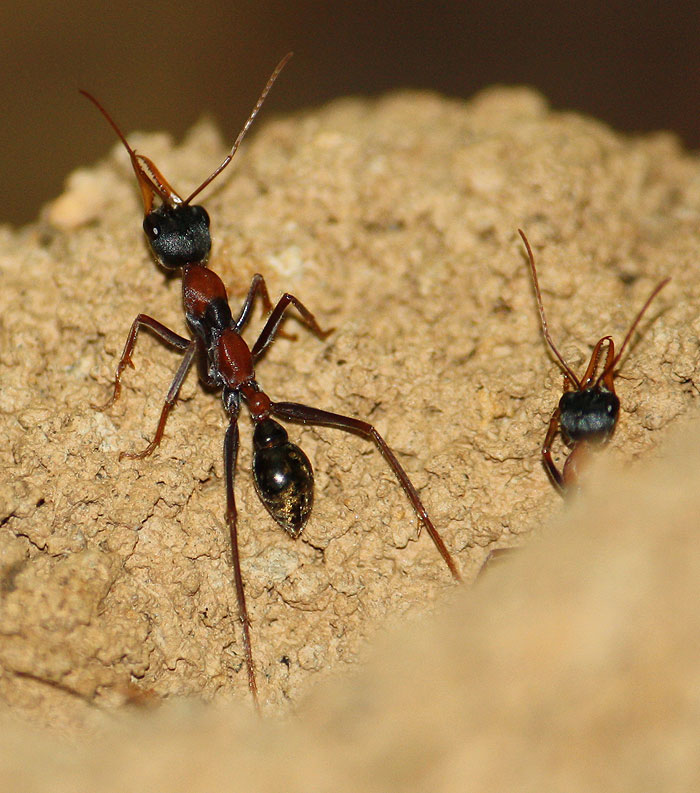
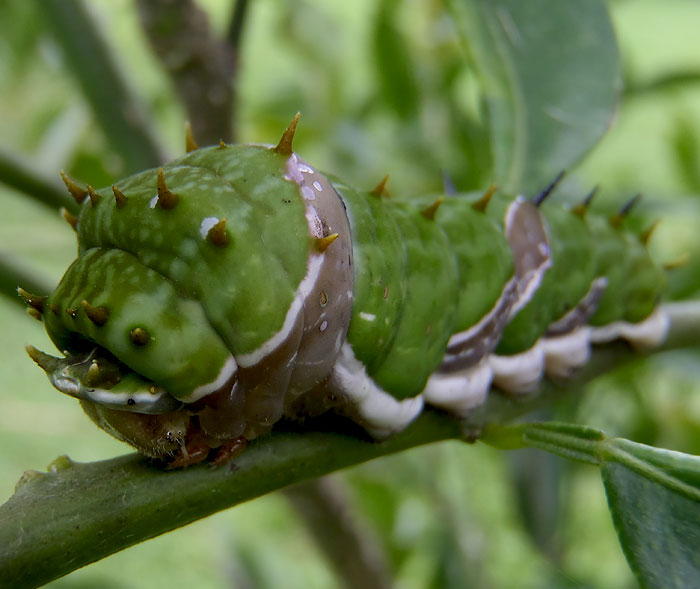
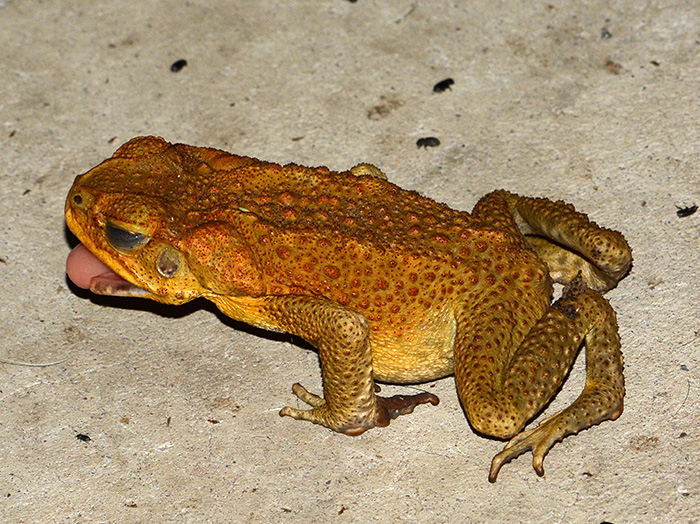
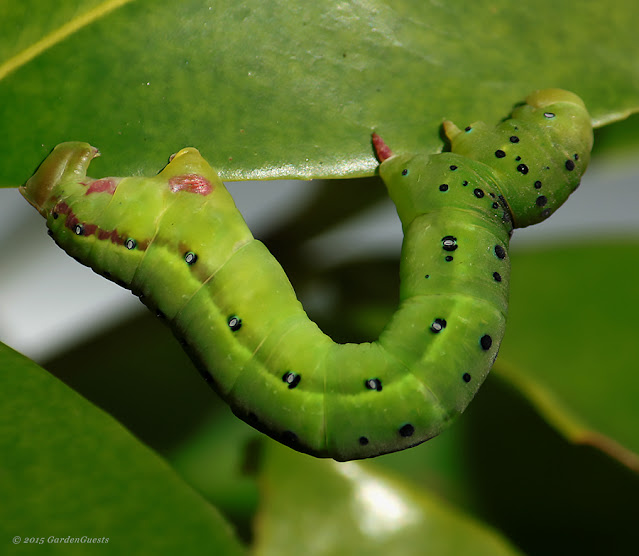
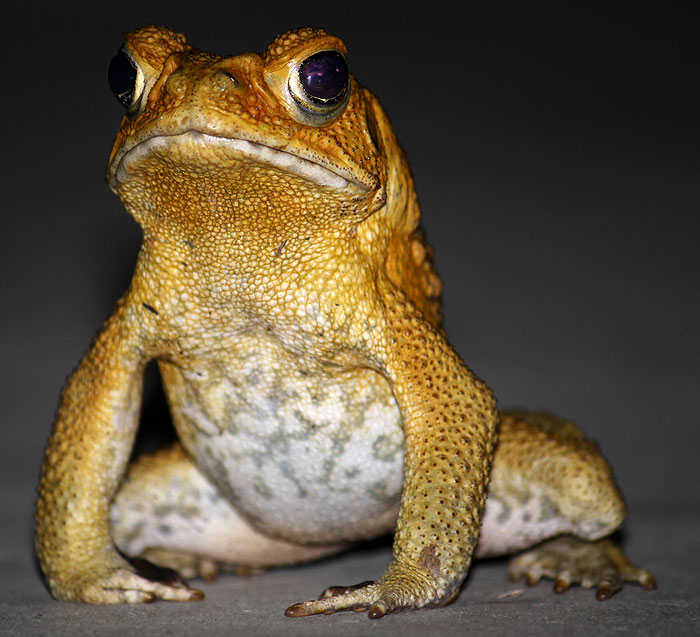

Comments
I have been lucky enough to rescue and work with Australian bat species (I'm a vaccinated carer) and your local Spectacled Flying-foxes are easily my favourite. Thank you for this informative article.
Steve
P.S. They are not just macro, they are "Mega" bats :-)
And yes, sage advice - " if you get bitten or scratched by any type of bat, you need to see a doctor for treatment without delay"
Take Care.
Post a Comment